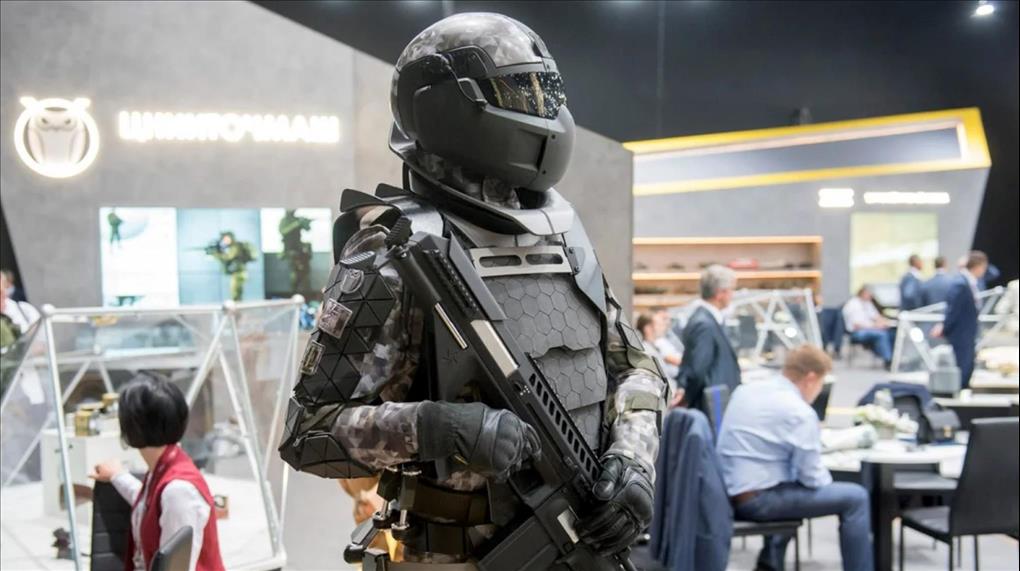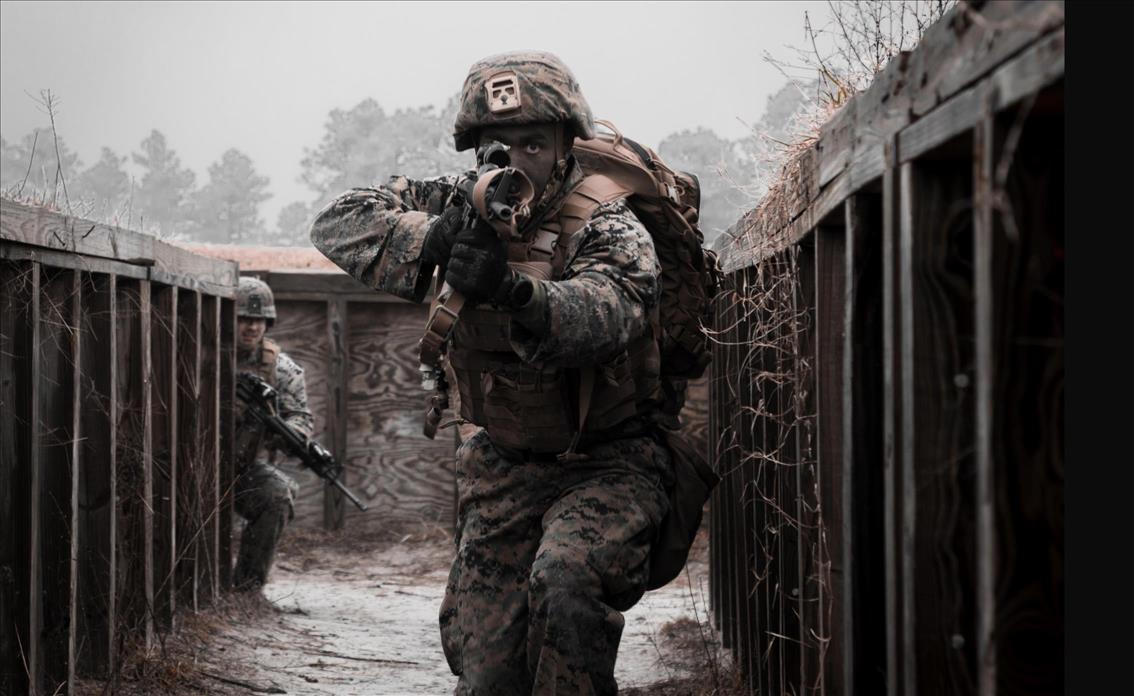
Can Russian combat suit stop a .50 caliber bullet?
(MENAFN- Asia Times) The average bullet travels at 2,500 feet per second (around 1,700 mph). A .50-caliber bullet at 1,225 feet per second at 2,700 yards.
According to experts, a .50 BMG (NATO designation, Browning Machine Gun) bullet fired into you can rip off your arms, legs, head, etc.
In fact, the .50 BMG creates a temporary wound cavity larger than the average adult male human's torso, meaning if you were shot in the chest, anywhere within 1 mile from the gun, you'd likely be ripped in half.
Which is why some are skeptical of recent claims by Russian state-owned military developer Rostec, which says that its next generation of combat armor will be able to withstand a direct shot from a .50 caliber bullet.
The armor, which will be the fourth generation of Rostec's Sotnik, or Centurion, battle armor, is expected to become the most futuristic set of infantry gear out there, Task & Purpose reports , though it's not clear when it will be ready for action.
Regardless, the Russian military appears to be beating the pants off of the US when it comes to future infantry combat systems — a sign that military technology is rapidly progressing toward the goal of giving soldiers seemingly-superhuman capabilities.

Exoskeleton developed by Rostec was on display at the Army International Military Forum. Credit: Marina Lystseva/TASS.
The current third-generation Sotnik suit currently includes the 'entirely new personal protective equipment and ammunition, offering light armor defense and increasing the soldier's armament by several times,' according to the Jamestown Foundation .
'The new generation gear will consist of a fundamentally new set of technology, including the latest achievements of the Russian defense industry, including robotic equipment and integrated systems for exchanging information,' Rostec's Bekkhan Ozdoev said.
'Today we have started the first stage of development – the definition of tactical and technical requirements,' Task & Purpose reported.
While Rostec's official release was vague regarding the specifics of the new system, Ozdoev had previously stated the fourth-generation Sotnik armor will consist of lightweight polyethylene fiber and armor plating that is engineered to withstand a direct shot from a .50 caliber M2 Browning.
'The gear will not restrict movement and will allow you to take the extra weight necessary to perform special missions,' Ozdoev said.
There is no doubt that stopping .50 bullet is a vastly different proposition to dealing with the 7.62mm rifle rounds which most armor aims to protect against.
But according to Samuel Bendett, a research analyst at the Center for Naval Analyses, the Russian military is 'totally serious about this.'
Indeed, the current third-generation Sotnik gear that Rostec is currently developing is itself intended to replace the high-tech Ratnik, or 'Warrior,' combat gear — which has been in development for more than a decade and seen combat — by sometime in 2025, Task & Purpose reported.
The Ratnik suit, which consists of 10 subsystems and 59 individual components, includes modernized body armor designed to withstand 7.62mm rounds, a helmet with a special eye monitor outfitted with a thermal night vision monocular and flashlight, and integrated communication systems.

The Ratnik suit, which consists of 10 subsystems and 59 individual components, includes body armor designed to withstand 7.62mm rounds, a helmet with a special eye monitor outfitted with thermal night vision and integrated communications. Credit: Rostec.
It 'also features a self-contained heater, a backpack, an individual water filter, a gas mask, and a medical kit,' according to Army Technology .
More than 300,000 sets of the various iterations of the Ratnik combat gear have already been delivered to the Russian Ministry of Defense, Task & Purpose reported.
While Rosetec isn't explicitly saying how long R & D will take for the Sotnik, the company has 'a lot to build on' now that two generations of Ratnik battle armor has been combat-tested by Russian forces, Bendett said.
Some futuristic capabilities actually do appear within arm's reach.
Rostec in September unveiled a specialized exoskeleton for the Ratnik battle suit designed to bear 80 kilograms (176 pounds) for the average soldier and a fresh 'Stormer' combat exoskeleton designed to haul 60 kilograms (132 pounds) during assault operations, Task & Purpose reported.
'There are certain technologies that will realistically be developed first,' Bendett explained. 'Others are just at concept stages.'
According to Forbes magazine , there is a secondary issue in that just stopping a bullet is not enough: the ferocious impact is like being kicked by a horse.
According to a Rostec press release, the new armor will incorporate ' special shock-absorbing components' to prevent this type of blunt trauma injury.
Compared to Russia, the United States military's attempts to build high-tech battle armor have lagged way behind.
The Army has been working for years to develop robotic exoskeletons that enhance soldiers' physical capabilities, but Task & Purpose reports that they're not nearly as advanced — or thoroughly tested — as what Russia has been able to build.
As well, Russia has benefitted in its exoskeleton development from its ability to field test such gear in its weapons playground of war-torn Syria.
Sources: ExpandUSCeramics.com, Futurism.com, Task & Purpose, Forbes magazine

Legal Disclaimer:
MENAFN provides the
information “as is” without warranty of any kind. We do not accept
any responsibility or liability for the accuracy, content, images,
videos, licenses, completeness, legality, or reliability of the information
contained in this article. If you have any complaints or copyright
issues related to this article, kindly contact the provider above.


















Comments
No comment